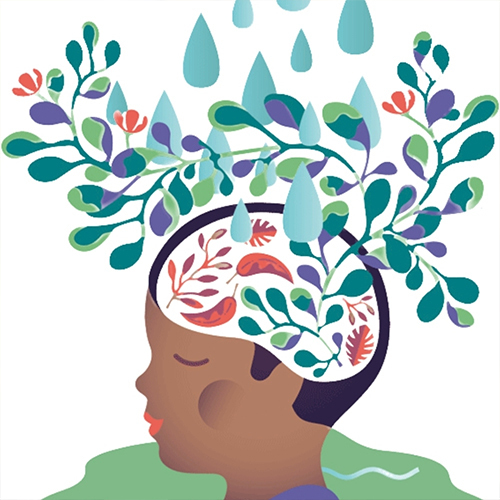As we navigate an ever-changing world filled with uncertainty and constant demands, it’s no surprise that many of us can begin to feel overwhelmed. That’s why May serves as a meaningful reminder to pause, check in with ourselves, and commit to practices that support our emotional and personal well-being.
While daily wellness habits like rest, movement, and mindfulness are important tools we’ve shared in previous issues, another key aspect of personal growth is becoming more aware of our thought patterns. One approach often used by professionals to support this is Cognitive Behavioral Techniques (CBT). This method helps us recognize the link between our thoughts, emotions, and behaviors, and how shifting our perspective can bring a greater sense of clarity and control.
In my experience as a clinician, I’ve guided many individuals through these techniques and also used them personally to manage periods of stress. I’ve found that when applied consistently, these strategies can be very effective—they help reduce emotional strain and encourage clearer thinking and resilience.
CBT strategies are often used to address common emotional challenges. For example, when we feel upset—be it frustration, sadness, or irritability—it’s often triggered by a rapid, automatic thought that goes unnoticed. Gaining awareness of these thoughts is the first step in making meaningful change.
Here’s a simplified version of the process that can help you get started today:
1. Awareness – Tune in to your thoughts. What runs through your mind when you begin to feel unsettled?
2. Thought Stopping – When you catch yourself caught in a repetitive or unhelpful loop, make a conscious choice to pause and shift your attention. Redirecting your energy into a positive activity can be helpful.
3. Reframing – Once your initial reaction subsides, revisit the thought. Try viewing it from another angle—one that feels more constructive, patient, or hopeful.
This May, let’s all take a moment to care for our inner selves. By better understanding our thinking patterns and learning how to shift them, we take important steps toward greater calm, strength, and personal connection.


